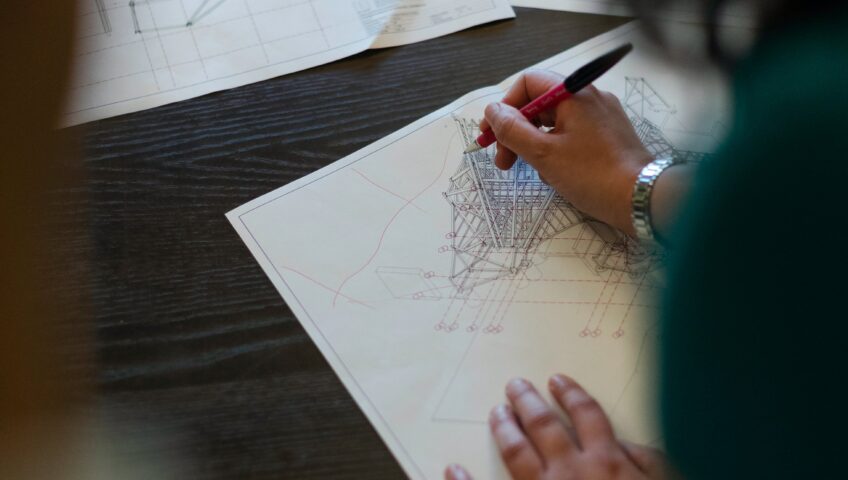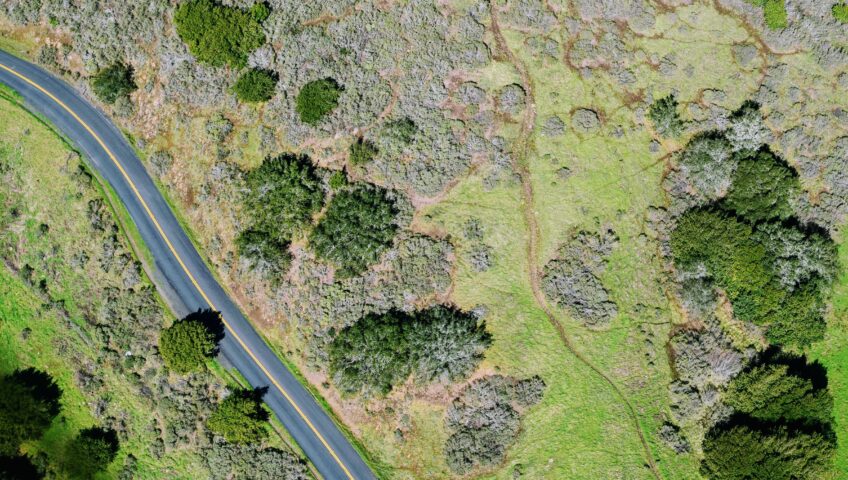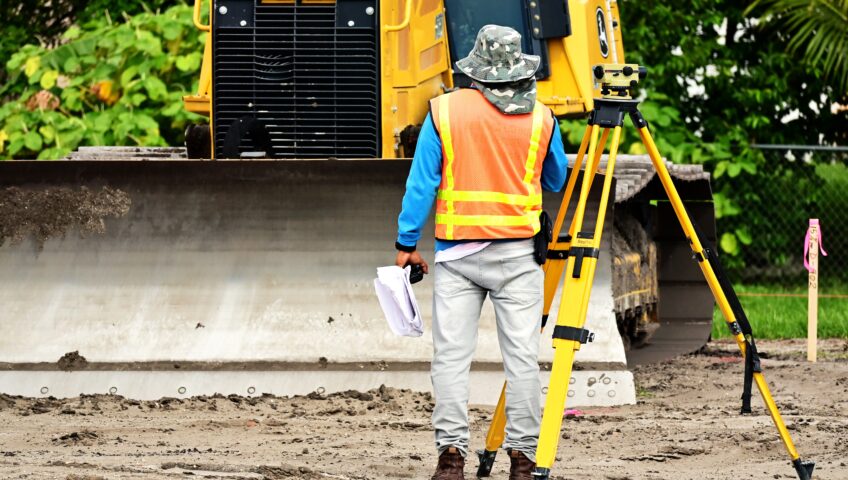The Cybersecurity Infrastructure Security Agency (CISA) defines cybersecurity as the practice of guaranteeing information's confidentiality, integrity, and availability, as well as the art of preventing illegal access to networks, devices, and data. Cybersecurity, expressed simply, is the safeguarding of computer networks and data systems.
Cybersecurity engineers, sometimes also called information security engineers, are responsible for preventing interruptions, cyberattacks, and breaches. Cybersecurity engineers are typically engaged by businesses dealing with huge volumes of sensitive data; a variety of industries demand their skill set. The need for cybersecurity has grown since the world of today depends more and more on cloud software and is driven by data. Considering they are the ones in charge of creating and executing well-thought-out security protocols and solutions, cybersecurity engineers hold a significant position in the engineering industry. But in order to be eligible to work as an entry-level cybersecurity engineer, you need to have some required skills. A wide range of testing tool expertise and a good critical thinking ability are prerequisites for cybersecurity engineers since they must foresee any risks and data breaches and determine the best course of action to address them. Furthermore, cybersecurity engineers must have technical and soft skills in addition to a degree in a computer-related subject.
If interested, to learn more about cybersecurity career, please visit: https://www.cisa.gov/careers.






